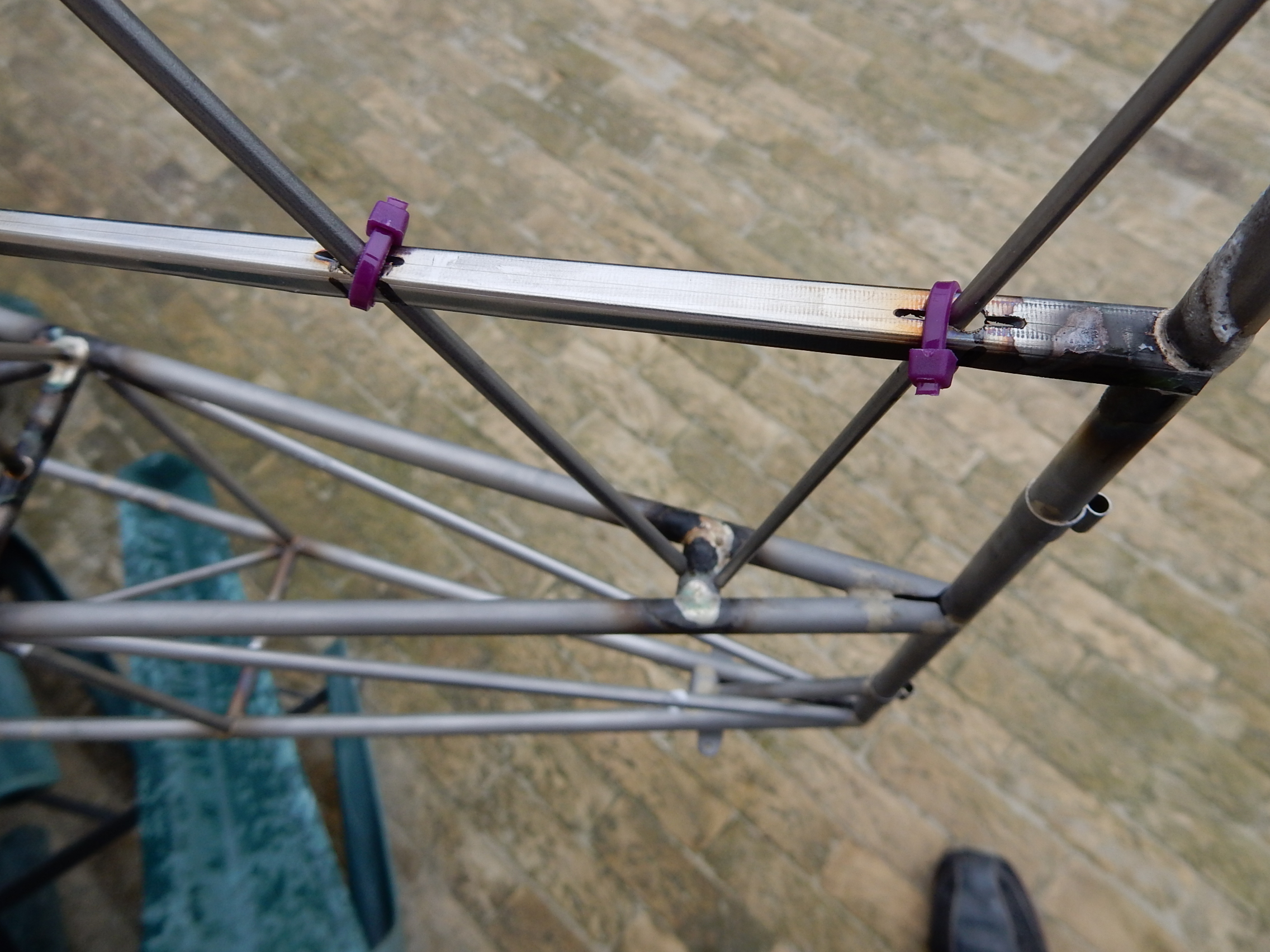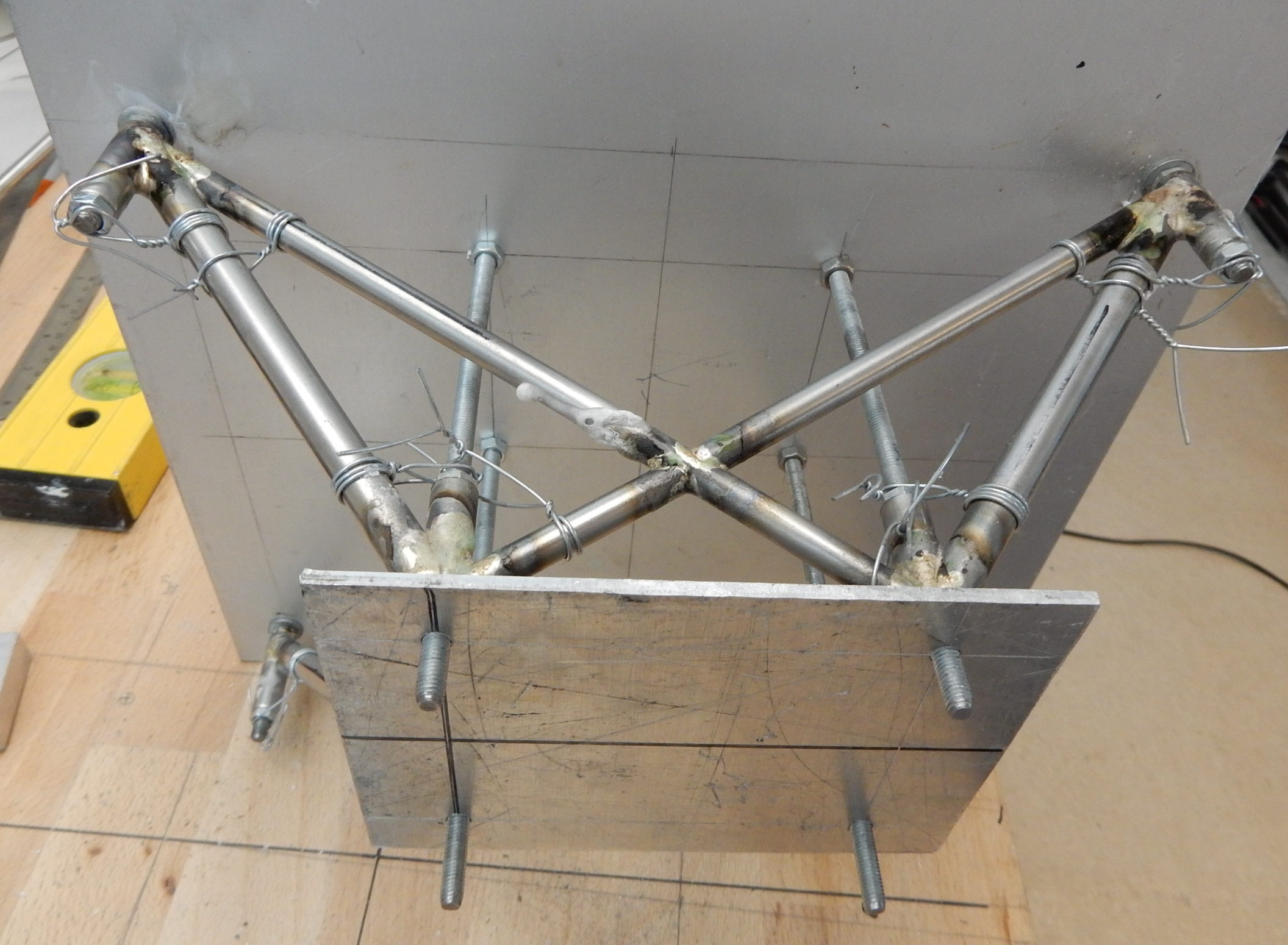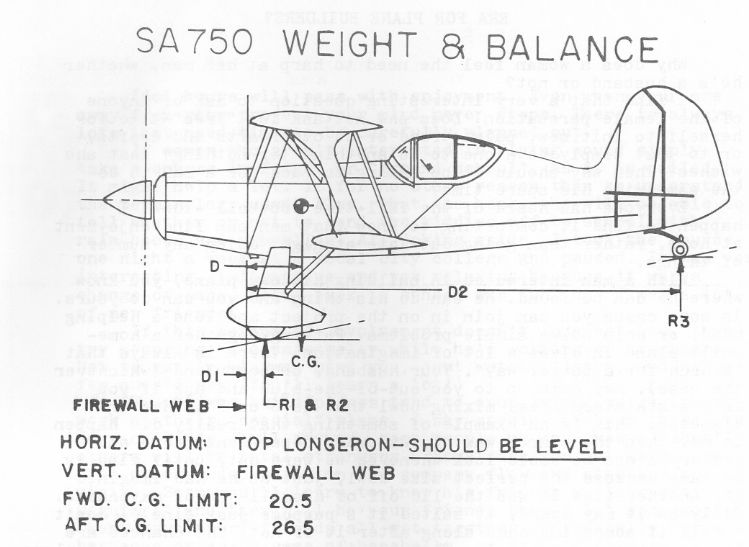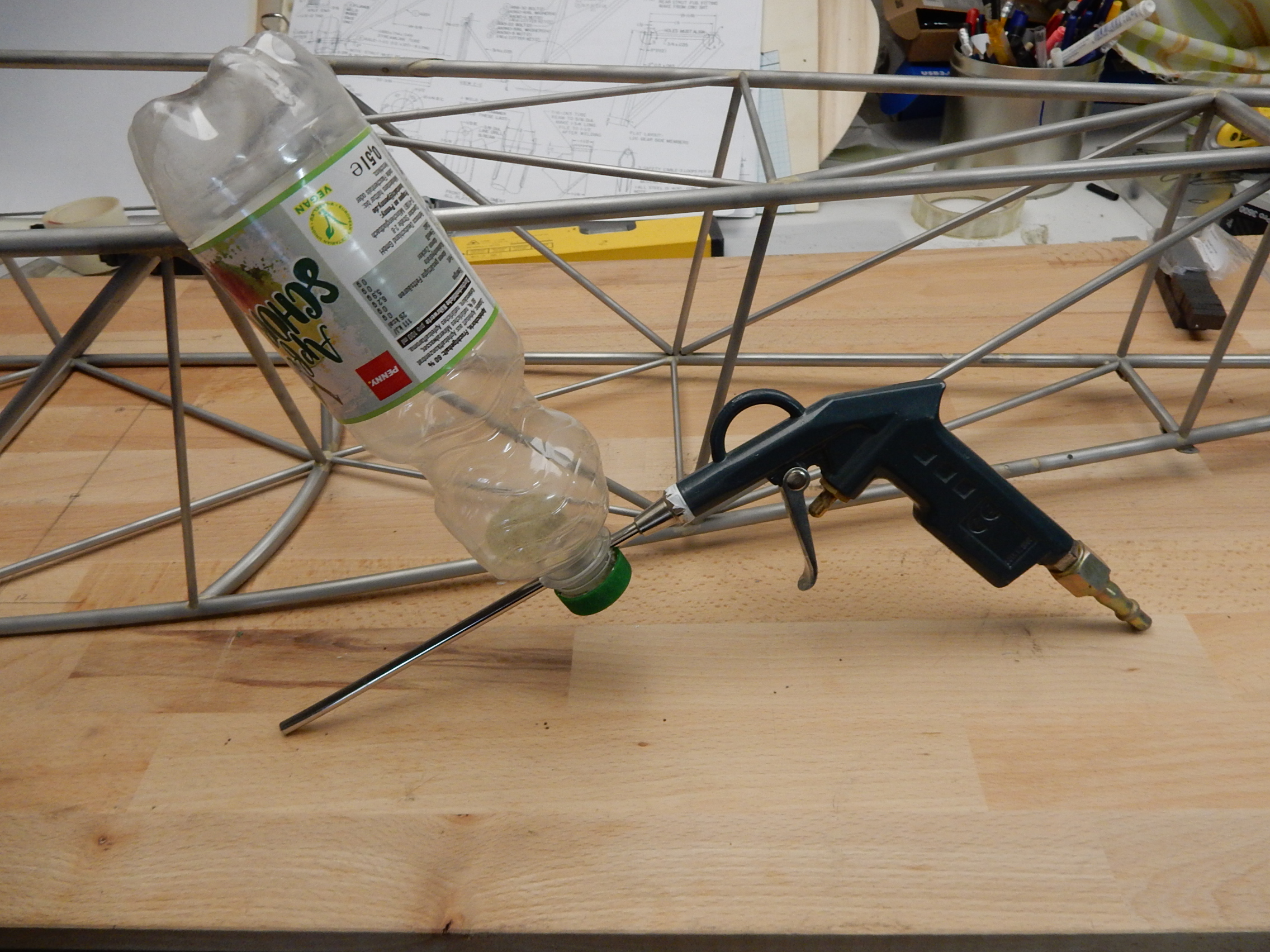Tag: sa750
-
The first cut is the hardest
What took you so long? No idea.. More then 10 years ago I got myself a CNC-router with the idea that I would be able to metal metal parts. I’ve used it up to now mostly for non-metal parts. But retirement has given me enough time to finally sort things out. That and a better…
-
tip-work
After glueing the trailing edge wood (not shaped to final yet!) it was time to do a bit of tube-bending. It’s 4 mm tube, and for the life of me, I don’t know why it is so soft. Almost feels like copper tubing. Never mind, just try to match the shape. Trying to hold the…
-
Nice weather
There is no reason for the pics, it’s just nice weather and it looks great 😉 Weight as you see it here is 1850 grams. Of course I took it to our end of season do, just to show off.
-
After brazing
Closeups of my handywork. After sandblasting I ‘ll reheat the joints to make them flow a bit more and fill any voids leftover. This will be for cosmetical reasons only.
-

Adding some direction
Just a relative quick job tonight: making the fin. The only noteworthy item would be that after installing the ribs, I still had to drill a hole for the bracing rods. I decided to simply cut a slit with the Dremel and enlarge it to fit the tube. Seems to work well, and since it…
-

Designing and building the motor mount.
Once it is all finished it looks easy. At the start it’s more like ‘how am I going to tackle this? I decided to use a 3 mm alu plate as a mount for the short tubes that hold everything together. This way I could mount some 5 mm wire studs to hold the motor,…
-
And we have a Valach
It fits, no worries there! It’s gonna be jus’ perfect! I am sure I can’t resist building the engine mount next. It might not be the correct size, because depending on the CG I will move the engine forward/back. But it will be a good exercise, and it makes things look real..
-

Center of Gravity
It’s never too early to add that famous mark. Of course this is the full size one, and I might not like it, but it is a good enough place to start! Probably overpowers the plane, but it has the right sound, and I have seen the engine long enough in use to know it…
-

Sandblasting
Last year I had some fine nice sand left over from doing some garden-diy-ing. ‘Just in case’ I stored it in a nice dry place, knowing that one day, dry sand would come in handy. I knew from the onset that I needed to find a way to clean up my brazed parts. Up to…
-
Tubes everywhere..
After a few weeks of putting bits of tubing together, I am at the point where things start to look like something you would recognize as a fuselage. This morning I cleaned up the fuse with a diy sandblaster, much to my surprise this went really well. It’s the usual bucket of dry sand, empty…


